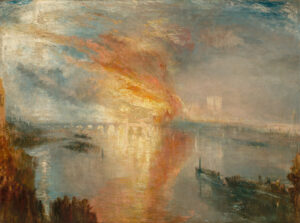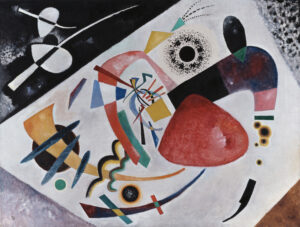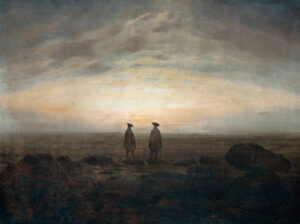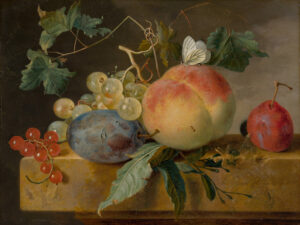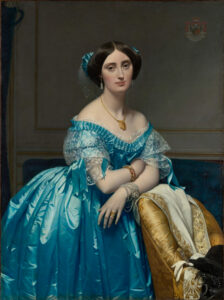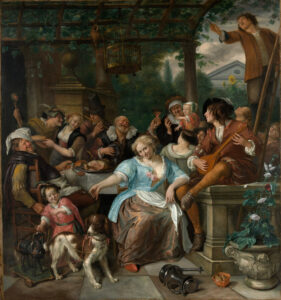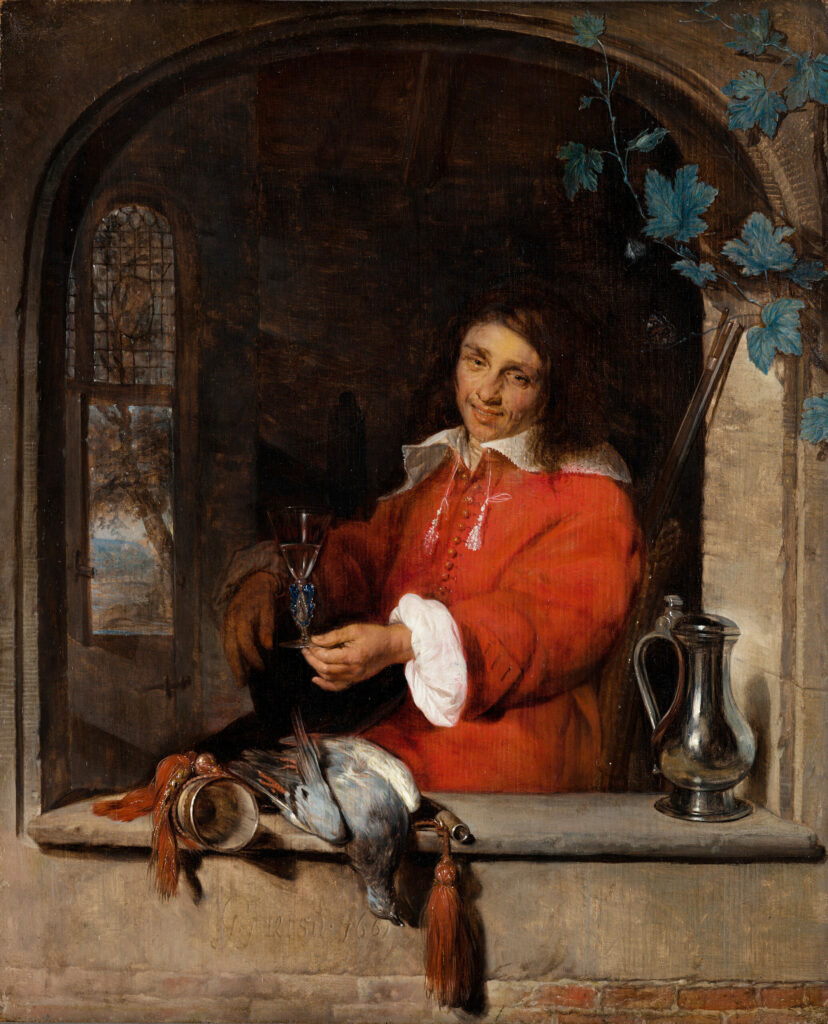
The Huntsman (1661) by Gabriel Metsu perfectly illustrates the art of Dutch genre painting and its capacity to combine technical virtuosity with narrative subtlety.
This work reveals the mastery of the fijnschilder trained in Leiden: every detail testifies to meticulous rendering, from the brilliant pewter jug to the silky feathers of the game. The composition is organized around the central figure, dressed in a scarlet red jacket enhanced with white lace, who addresses us with a knowing gaze while raising his glass. This theatrical staging goes beyond simple anecdotal representation to be enriched with a typically Dutch symbolic dimension. The hunting attributes function as so many gallant allusions, exploiting linguistic double meanings where “jagen” and “vogelen” evoke both hunting and amorous seduction. The window architecture, decorated with vine tendrils, creates an intimate frame that transforms this domestic scene into a theater of bourgeois customs of the Golden Age.
Further information
- Gabriel Metsu, The Huntsman, 1661
- 28 x 22.8 cm, oil on panel
- Mauritshuis, The Hague, On view in Room 15
- https://www.mauritshuis.nl/en/our-collection/artworks/93-the-huntsman
Gabriel Metsu (1629-1667) remains one of the most refined figures of the 17th-century Dutch School. Born in Leiden, he trained in the fijnschilders tradition under Gerrit Dou, heir to Rembrandt’s workshop. Established in Amsterdam around 1657, Metsu developed a personal style characterized by goldsmith-like precision technique and a richly chromatic palette. Specialized in intimate genre scenes, he excelled in representing the urban bourgeoisie, capturing with psychological finesse the nuances of social comedy. His work, though brief due to his premature death, testifies to exceptional poetic sensitivity and a unique capacity to transform the everyday into pictorial spectacle.

